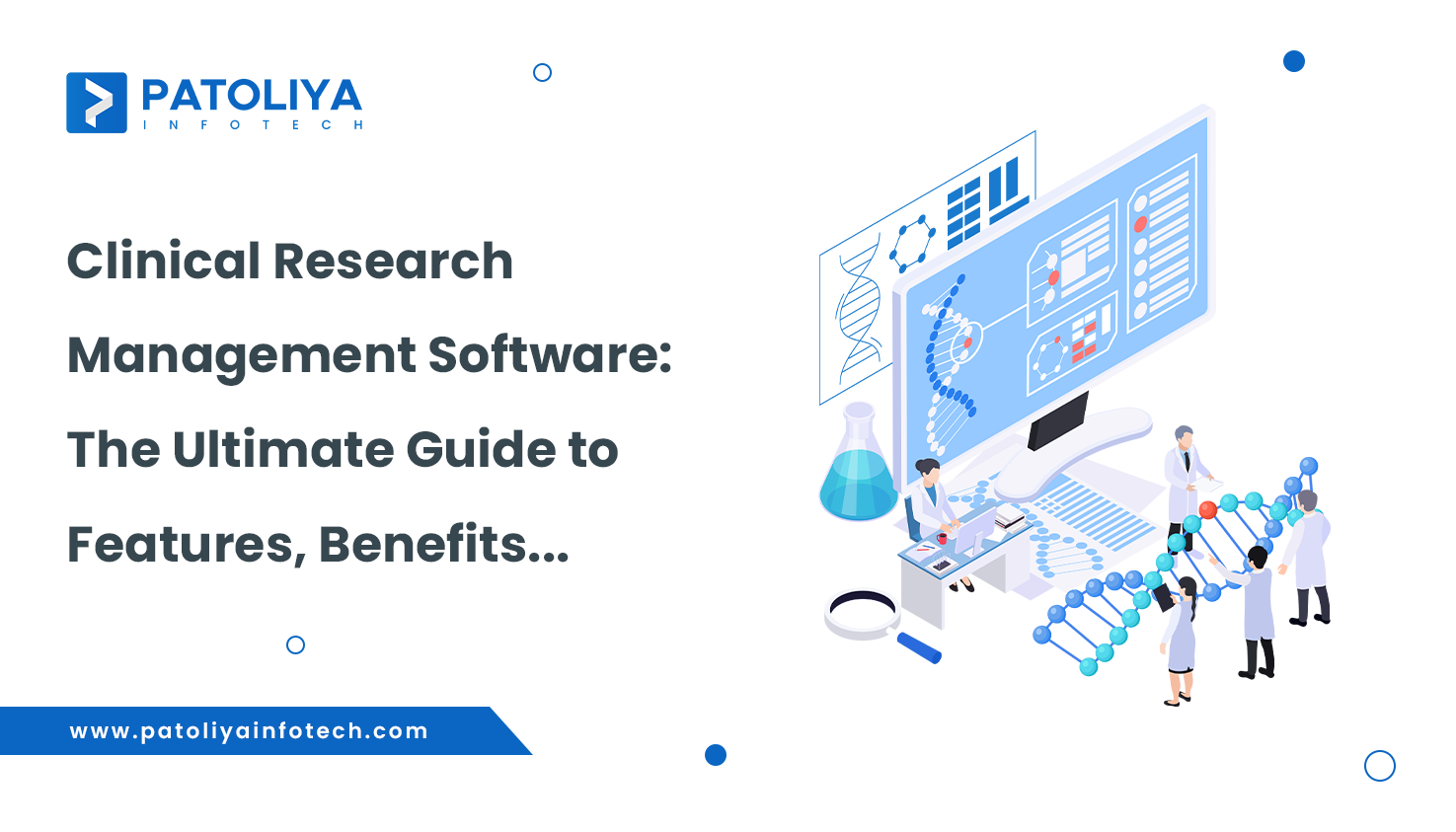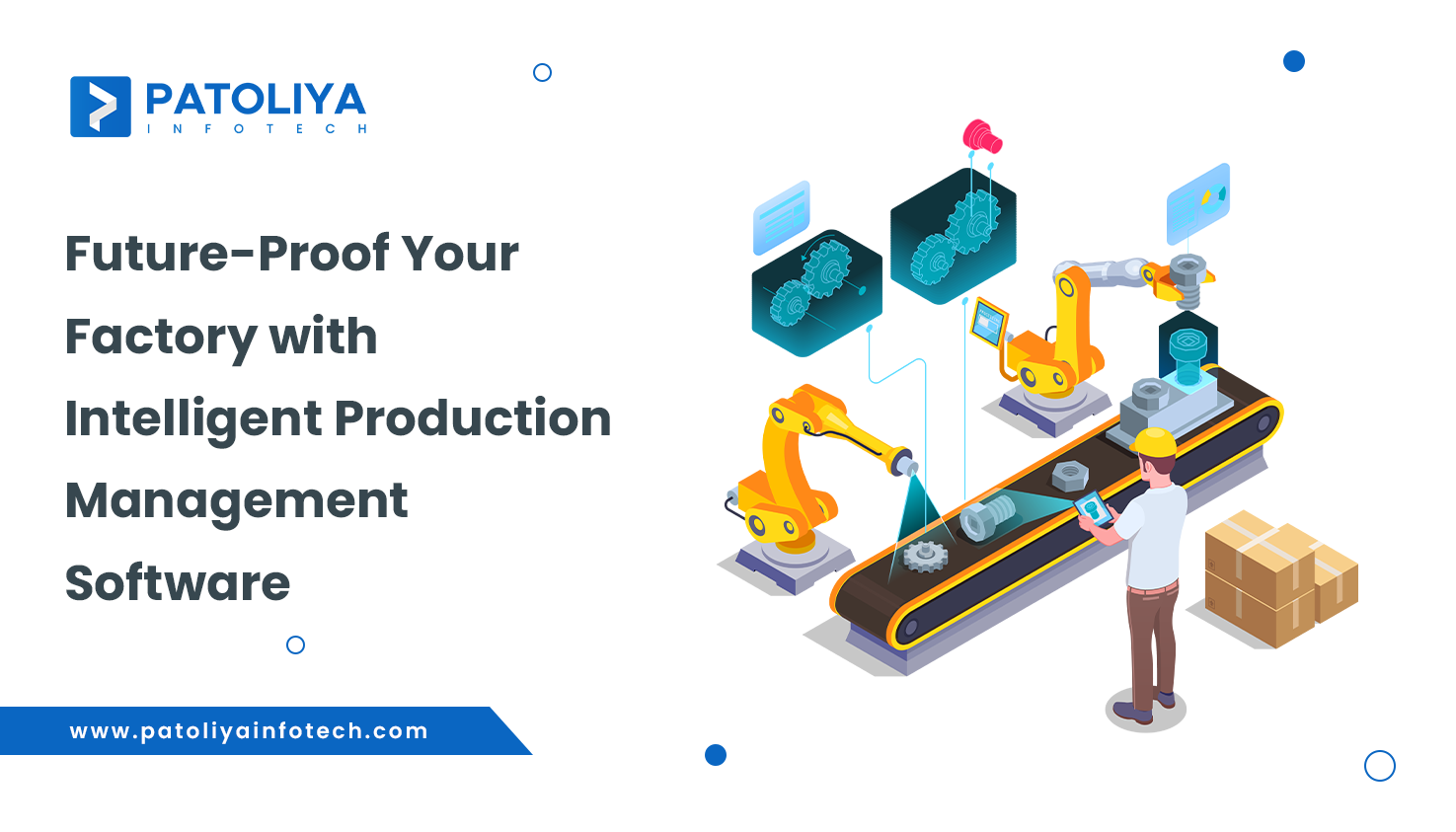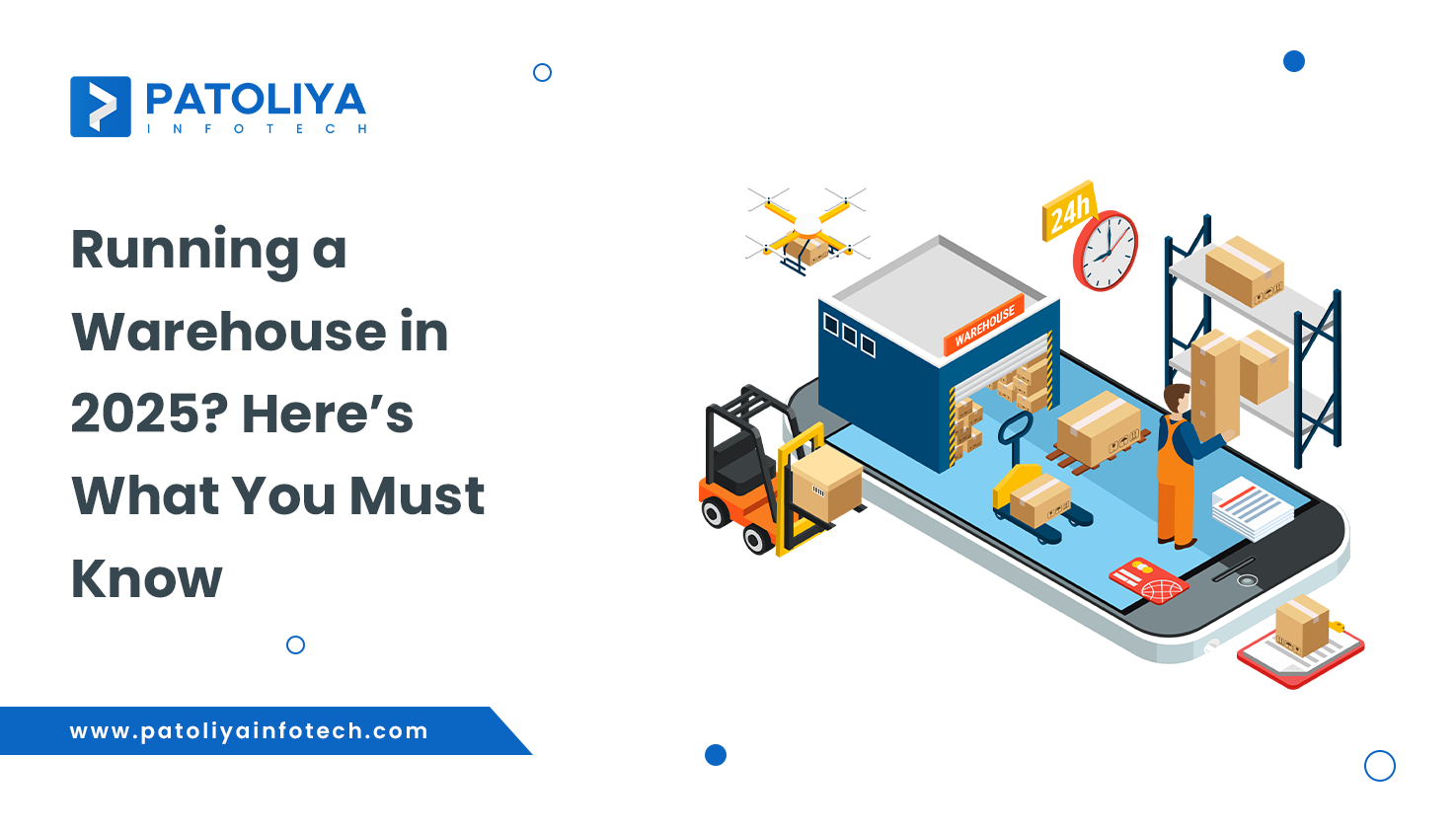Why Logistics Software is No Longer an Option but a Necessity for Businesses
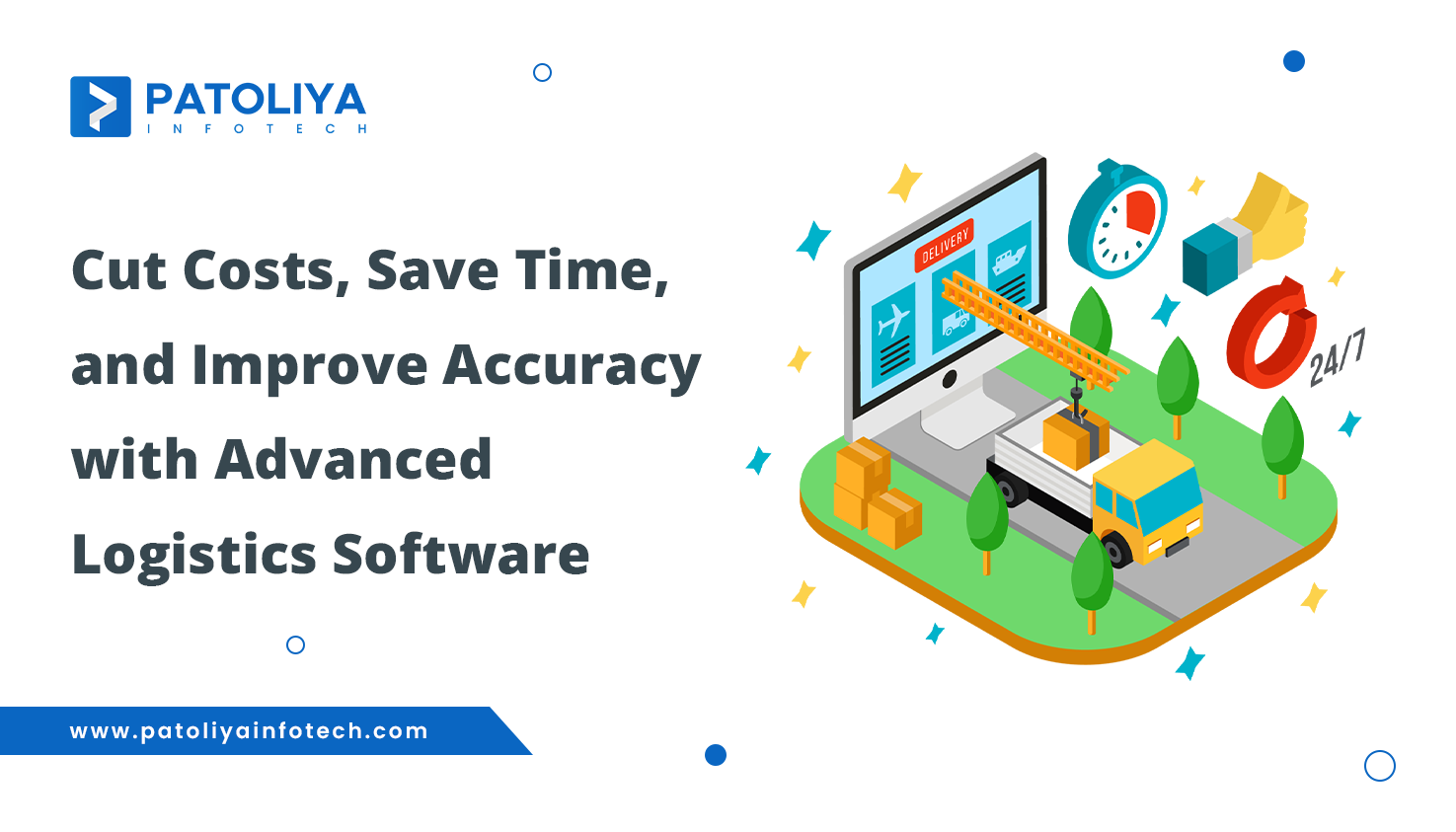
Table of Contents
Advanced logistics software are greatly influenced. These innovative approaches allow businesses to efficiently handle every section of their supply chain, from order fulfillment and transportation logistics to warehouse monitoring, first-class guarantee, forecasting, and course performance.
By using the power of the current generation, organizations may also make informed decisions, eliminate inefficiencies, and enhance supply chain operations for improved performance.
What is Logistics Software Management?
Logistics software is a dynamic virtual toolbox in which delivery chain processes are automated and enhanced.
Businesses may also have complete control over their logistical strategies with the help of its several programs, including Transportation management system (TMS), warehouse management systems (WMS), and real-time monitoring equipment.
Errors, delays, and inefficiencies were caused by the use of hard guide tactics for logistics control, such as spreadsheets, smartphone calls, and paper documentation.
However, these traditional strategies were no longer viable as global alternatives increased and supply networks became more complex.
Automation, artificial intelligence (AI), and real-time analytics brought about by the development of logistics software changed the globe and gave businesses previously unheard-of levels of accuracy and efficiency.
These days, organizations employ those solutions to increase operational effectiveness, save expenses, and increase the reliability of their logistical networks.
Why Choose Logistics Software?
Using logistics software is important for keeping a competitive advantage. Customers are genuinely expecting faster transportation, and businesses are always looking for ways to cut costs and streamline processes.
Real-time supply chain information is provided by logistics software, which also minimizes human error and automates critical processes to immediately address those issues.
One of logistics software's main advantages is automation. Typical outcomes of traditional logistics methods include delivery delays, poor stock management, and inefficient routing.
Combining AI-driven calls for forecasting, predictive analytics, and smart monitoring technologies may help businesses improve logistical planning, minimize disruptions, and provide consistently excellent customer service.
Logistics software is an excellent tool for companies of all sizes since it is incredibly flexible and expandable.
Organizations may also customize logistics solutions to meet their operational needs, fostering flexibility and adaptability in a shifting economic system, whether they are managing a large global supply chain or a small regional distribution network.
Logistics software has essentially evolved from a non-essential complement to a basic necessity.
For supply chains to continue to change in order to maintain efficiency, promote growth, and exceed customer expectations, virtual transformation is essential.
A more astute, adaptable, and highly competitive logistics tool is made available by purchasing logistics software.
Understanding the Core of Logistics Software
A complete logistics software system is an important component of effective supply chain management and is more than simply a tool. Businesses employ these solutions to boost output, reduce costs, and ensure that goods and services are delivered smoothly. But why is logistics software so important? Let's look at its key features and strengths.
Key Features of Logistics Management Software
- Real-time Tracking and Visibility: By giving businesses the ability to view shipments, track items, and obtain real-time data on the flow of products, logistics software guarantees transparency at every stage of the delivery chain.
- Inventory Management and Optimization: Companies may also save waste by using advanced stock control tools to optimize purchasing and storage plans and show inventory levels as they should be predicted.
- Route Planning and Fleet Management: Sensible direction optimization ensures efficient deliveries while cutting down on transit times and operating costs by examining fuel use, delivery schedules, and traffic patterns.
- Automated Reporting and Analytics: Businesses may increase efficiency and productivity by employing statistics-driven selection, which is made feasible by comprehensive data analytics that offer insights into performance metrics.
- Integration with Other Business Systems: Improving selection and collaboration, a smooth link with enterprise resource planning (ERP) and customer relationship management (CRM) systems ensures smooth information flow between departments.
Logistics Software: How It Works
The core of any successful logistics software system is a solid technological base. These solutions can be used to handle and adjust complicated supply chain operations in accordance with the needs of specific businesses. It is possible to share logistics software architecture in two main categories:
- Cloud-Based Solutions: They are perfect for companies with scattered and changing activities because they provide scalability, remote access, and real-time data synchronization.
- On-Premise Solutions: On-premise logistics software, which is hosted on local servers and customized to meet specific agency requirements, is suitable for businesses that need more control over data security and personalization.

Logistics Software Features: A Deep Dive
Modern logistics software incorporates contemporary features and capabilities to boost creativity and productivity in a similar way:
- Artificial Intelligence (AI): AI-powered predictive analytics is a valuable tool for improving stock optimization, logistical choices, and forecasting.
- Internet of Things (IoT): Internet of Things-enabled monitoring devices provide real-time data on shipments, temperature, and vehicle performance, ensuring excellent logistical management.
- Blockchain Technology: Blockchain improves supply chain transactions' safety and transparency by providing immutable shipping and contract information.
- Customization Options: Organizations may create unique logistics software to satisfy specific industry requirements, ensuring a convenient access to state-of-the-art technologies and operational tactics.
Deliver chain control is improved by logistics software, which combines these components to form a comprehensive solution rather than just a monitoring tool. As organizations grow, investing in that smart technology will be crucial to achieving long-term fulfillment and operational excellence.
The Business Case for Logistics Software
As businesses deal with more complicated supply chain control issues, purchasing logistics software is becoming a strategic necessity. Implementing those modern concepts provides tangible benefits that raise profitability and productivity.
Business Benefits of Using Logistics Software
- Cost Reduction through Optimized Operations:Supply chain operations are more efficient thanks to process automation, which also lowers waste and labor costs.
- Improved Customer Satisfaction and Delivery Accuracy: Better routing and real-time tracking provide faster, more dependable delivery, which boosts customer confidence and enhances brand reputation.
- Enhanced Decision-Making with Data-Driven Insights: Run-on--run logistics software gives businesses valuable information to assist them improve their supply chain strategy and take proactive steps.
Benefits of Integrating Logistics Software
- Seamless Collaboration Across Departments: By combining ERP, CRM, and other business tools, teams may operate more efficiently, dismantling organizational silos and enhancing cooperation in general.
- Streamlined Communication with Suppliers and Customers: As misunderstandings are identified and fixes are tracked, transparency both increases and diminishes.
- Scalability for Growing Businesses: The logistics software helps the market to expand and preserves long-term operational flexibility by modifying the company's needs.
Companies may also use logistics software to improve performance and get a competitive edge in a market that is changing quickly. Utilizing these virtual technologies is crucial to achieving long-term fulfillment and resilience as supply networks become more complex.
8 Essential Types of Logistics Software and Their Transformative Benefits
Logistics software has grown as the foundation of effective supply chain operations in a technologically advanced world. The way agencies manage their logistics is being revolutionized by those pieces of equipment, which streamline transit and optimize stock. The eight primary types of logistics software programs are broken down here, along with how they may help you achieve greater success with your operations:
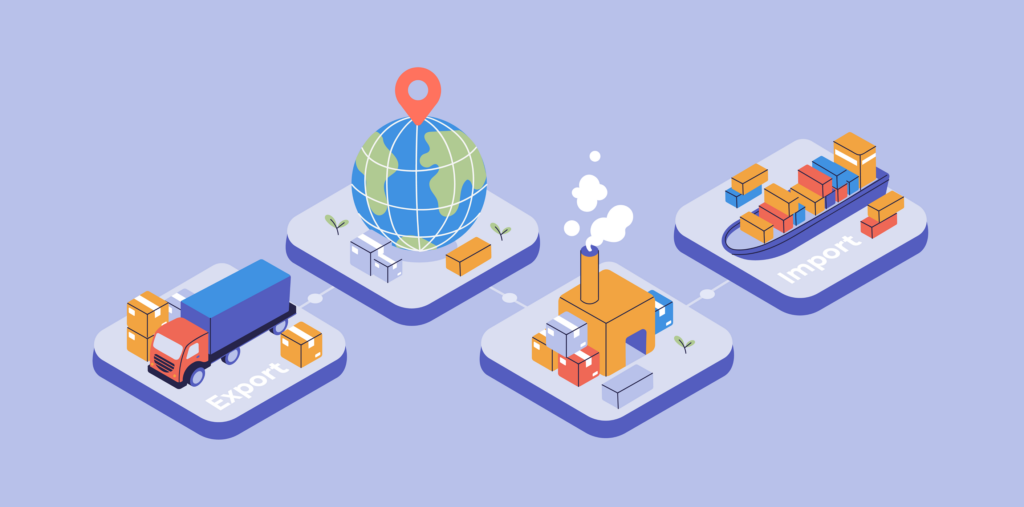
1. Transportation Management Systems (TMS)
What it does: An effective tool for handling the intricacies of transportation is a transportation management system (TMS). It improves standard freight management, lowers freight costs, and optimizes delivery routes.
Key Benefits:
- Cost Efficiency: TMS significantly lowers shipping costs by determining the most economical routes and suppliers.
- Improved Delivery Times: Faster deliveries are guaranteed by real-time course optimization, which keeps consumers satisfied.
- Enhanced Visibility: Real-time shipment tracking ensures accountability and transparency across the supply chain.
- Sustainability: Minimizes carbon emissions and gas consumption through cargo planning and route optimization.
2. Warehouse Management Systems (WMS)
What it does: The final type of equipment used to manage warehouse operations, from reserve fulfillment to inventory storage, is a WMS.
Key Benefits:
- Streamlined Inventory Control: Automates stock monitoring, ensuring accurate inventory ranges and reducing mistakes.
- Efficient Space Utilization: Minimizes operating expenses and maximizes warehouse space by optimizing garage layouts.
- Faster Order Fulfillment: Enables automated methods for packaging, shipping, and selection, guaranteeing on-time delivery.
- Enhanced Productivity: Reduces manual labor and uses automation to increase worker performance in groups.
3. Fleet Management Software
What it does: This software application is made to show and manage a company's automobile fleet, guaranteeing optimal performance and effectiveness.
Key Benefits:
- Real-Time Vehicle Tracking: Improves route planning and driver safety by providing real-time vehicle location updates.
- Fuel Efficiency: Tracks the amount of fuel used and finds methods to save costs.
- Maintenance Scheduling: Reduces downtime and prolongs vehicle lifespan by automating improvement signals.
- Compliance Management: Protects against fines and penalties by ensuring compliance with regulatory requirements.
4. Order Management Systems (OMS)
What it does: The complete order processing cycle, from order placement to success, is automated by an OMS.
Key Benefits:
- Faster Order Processing: Minimizes manual involvement, speeding up the fulfillment of orders.
- Error Reduction: Reduces human error in input, billing, and shipping.
- Customer Satisfaction: Increases the customer's enjoyment by ensuring accurate and timely delivery.
- Centralized Data: Enables a single platform to handle orders across several revenue streams.
5. Supply Chain Planning (SCP) Software
What it does: SCP software helps businesses organize inventory, estimate demand, and allocate aid as effectively as possible.
Key Benefits:
- Accurate Demand Forecasting: Forecasts future demand patterns, minimizing stock outs or overstocking.
- Strategic Planning: Increases the ability to choose by coordinating supply chain activities with business aspirations.
- Resource Optimization: Ensures optimal asset utilization, reducing waste and costs.
- Improved Agility: Facilitates quick company adaptation to changes and disturbances in the marketplace.
6. Inventory Management Software
What it does: This software ensures that businesses keep inventories at the proper level of stability, preventing stock outs or overstocking.
Key Benefits:
- Balanced Inventory Levels: Reduces carrying and storage costs by maintaining superior stock phases.
- Real-Time Tracking: Improves decision-making by providing up-to-date stock statistics.
- Reduced Waste: Reduces unnecessary inventory and obsolescence, which saves money.
- Improved Cash Flow: Ensures that funds are not invested in unnecessary stock, releasing resources for alternative uses.
7. Last-Mile Delivery Solutions
What it does: These technologies ensure that applications reach users efficiently and promptly by raising awareness at the very end of the delivery process.
Key Benefits:
- Faster Deliveries: Optimizes delivery routes, reducing transit times.
- Enhanced Customer Satisfaction: Gives accurate ETAs and real-time delivery updates, improving customer satisfaction.
- Cost Savings: Optimizes remaining-mile operations to cut down on fuel and labor costs.
- Sustainability: Reduces unnecessary mileage, which lessens the impact on the environment.
8. Freight Management Software
What it does: From service selection to value optimization, this software package streamlines the complicated freight procedures.
Key Benefits:
- Efficient Carrier Selection: Benefits companies in selecting premium carriers based only on cost, dependability, and overall performance.
- Real-Time Freight Tracking: Ensures on-time delivery by giving insight into the reputation of the shipment.
- Cost Optimization: finds areas where transporting goods may be made more affordable.
- Streamlined Documentation: Reduces mistakes and administrative burdens by automating office tasks.
Why These Tools Matter
Logistics software is becoming a need rather than a luxury as speed, accuracy, and efficiency cannot be avoided.
Along with simplifying strategies, these technologies give businesses a competitive edge by lowering expenses, increasing customer satisfaction, and promoting fact-based decision-making.
No matter how big or small your business is, investing in the right logistics software may also make your supply chain a well-oiled machine that can handle today's challenges and tomorrow's.
By using these technologies, businesses can stay ahead of the curve, give consumers excellent value, and thrive in the long run in a market that is becoming more and more competitive.
Overcoming Challenges in Logistics with Technology
Logistics software offers a lot of advantages, but it can be challenging for businesses to put these solutions into reality. By understanding those problems and implementing thoughtful solutions, a smooth transition and the most dependable usage of logistics software may be accomplished.
Challenges Faced by Companies Implementing Logistics Software
- High Initial Costs and ROI Concerns: Some businesses are unwilling to invest in logistics software because it might be unaffordable to purchase and operate. Long-term efficiency and error reduction, however, often exceed the initial expense.
- Resistance to Change and Employee Training: The use of new technology may be resisted by employees accustomed to traditional logistical management. In the absence of appropriate training and trade control measures, businesses may find it challenging to successfully implement logistics software.
- Data Security and Compliance Issues: Given the strict corporate regulations and evolving cyber risks, businesses must ensure that their logistics software program complies with protection and data protection standards in order to avoid breaches and criminal difficulties.
How to Overcome Logistics Challenges with Logistics Software
- Strategies for Successful Implementation: Companies must choose the best software for their particular operations, do thorough needs studies, and routinely review their choices. This lessens disruptions and permits gradual adaptation.
- Leveraging Software to Tackle Common Pain Points: Logistics software may also help companies eliminate inefficiencies, reduce delays, and improve chain visibility through automation, real-time monitoring, and predictive analytics.
- Employee Engagement and Training: While planned education software guarantees that team members are aware of the program's capabilities and feel comfortable using it, employee resistance is decreased and productivity is increased.
- Ensuring Compliance and Security: By choosing software vendors with strong security procedures and compliance certifications, risks are decreased and regulations are ensured to be observed.
Companies may also effectively integrate logistics software into their operations and realize its full potential for increased productivity, cost reduction, and long-term growth by addressing these issues strategically.
Building and Customizing Logistics Software
Off-the-shelf logistics software generally does not meet the specific operational requirements of growing and changing businesses. The solution provided by custom logistics software is specifically designed to meet the demands of certain commercial enterprise facilities, improve performance, and offer an aggressive aspect.
How to Build Custom Logistics Software
- Steps to Develop Tailored Logistics Solutions:The development process consists of analyzing requirements, creating an intuitive user interface, coding, testing, deployment, and continuous optimization activities.
- Choosing the Right Development Partner or In-House Team: Businesses must choose between building the software themselves or working with an experienced improvement organization. While outsourcing ensures faster implementation and access to specialized knowledge, in-house teams provide more control.
Should Companies Consider Implementing Custom Logistics Software?
- Evaluating Business Needs and Readiness: When investing in custom logistics solutions, businesses must weigh their current challenges, scalability goals, and integration capabilities.
- Cost-Benefit Analysis of Custom vs. Off-the-Shelf Solutions: More flexibility and specially created capabilities are provided by bespoke software, but it comes with more development costs. On the other hand, while off-the-shelf solutions might not offer all the essential customisation options, they are quicker to implement and need less upfront funding.
Businesses can also carefully evaluate these factors to choose which logistics software program installation strategy best fits their long-term goals and operational efficacy.
Major Tech Trends Reshaping Logistics Management
- Artificial Intelligence (AI) and Machine Learning (ML): AI-powered analytics that enhance routing, forecasting, and stock management advance the performance of the delivery chain.
- Internet of Things (IoT) for Real-Time Tracking: Successful IoT devices provide organizations access to real-time data on shipments, vehicle conditions, and warehouse operations, boosting efficiency and openness.
- Blockchain for Transparent and Secure Transactions: The blockchain age enhances security by reducing the likelihood of fraud and guaranteeing simple, static supply chain data.
- Autonomous Vehicles and Drones in Last-Mile Delivery: Drone deliveries and the use of cars are transforming logistics by cutting down on delays and transportation costs.
- Sustainability and Green Logistics Initiatives: Companies are frequently adopting environmentally friendly solutions, such as electric cars and carbon-neutral delivery networks, to meet environmental regulations and lessen their carbon footprint.
Choosing the Right Logistics Management Software
Companies that wish to remain competitive must invest in scalable solutions, adopt new technologies, and prioritize innovation in their logistics approach.
Factors to Consider When Selecting Logistics Software
- Business Size and Complexity: Depending on the size of its operations, a company may need a comprehensive enterprise-level solution or more straightforward software built for small-to-medium companies (SMEs).
- Integration Capabilities with Existing Systems: Data flow and process automation rely on compatibility with existing inventory, CRM, and ERP systems.
- User-Friendliness and Support Services: Smooth setup and ongoing support are ensured by excellent customer care, but user adoption is facilitated by a well-designed, intuitive interface.

Comparing Top Logistics Software Solutions
Understanding the benefits and differences of the various logistics software alternatives available to them will also help businesses make an informed choice.
- A Brief Overview of Leading Software Providers: Businesses such as SAP, Oracle, and Microsoft Dynamics offer enterprise-level solutions, whereas ShipBob and ShipStation cater to SMEs and e-commerce associations.
- Key Differentiators and Pricing Models: Software is unique because of features like AI-driven analytics, flexible scalability, and cloud capabilities. Pricing arrangements range from one-time license fees to subscription-based models that grow with the company.
Choosing impressive logistics software requires careful thought, but the right investment ensures a streamlined supply chain, cost savings, and reliability over time.
Conclusion
Logistics software has had an important effect on current companies, enabling them to increase efficiency, accuracy, and customer satisfaction, which has altered supply chain management.
By switching from traditional methods to information-driven, computerized solutions, companies have been able to improve logistics operations and adapt to changing market demands.
Increased operational visibility, lower costs, and improved carrier reliability are all benefits that businesses using logistics software may enjoy as time goes on.
Companies looking for long-term fulfillment and sustainability in the supply chain area need to employ logistics software wisely in the increasingly digital market.
Investing in the finest logistics systems may help businesses foster innovation, stable new development opportunities, and destiny-evidence their operations.
This is the perfect time to implement the smart, adaptable, and era-driven logistics that will be part of the future.

